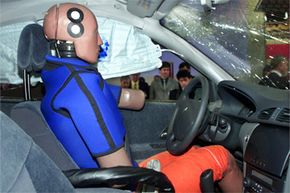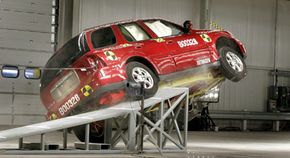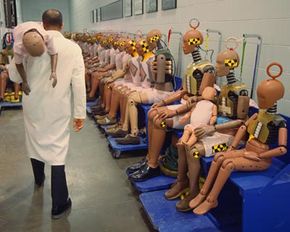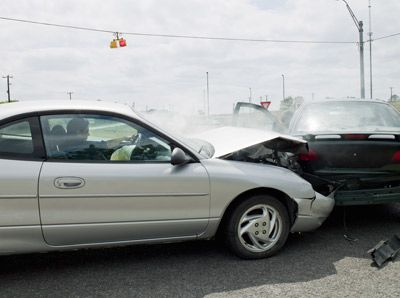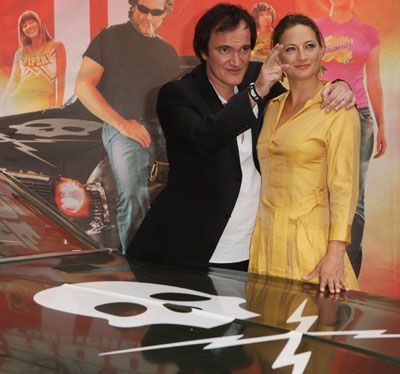Not long after the first car rumbled down the road, there was also the first car accident. As car technology and ownership has evolved, so too has the number and severity of car accidents. Despite public service campaigns, police enforcement and common sense, drivers still take unnecessary risks, make bad decisions in emergencies and drive distracted. Automakers also have to take some of them blame: unsafe or malfunctioning cars have contributed to many deaths over the decades, too.
But, as automotive power and performance have increased, a number of safety features have helped to lower the number of deaths from car accidents each year. Airbags, antilock brakes and wider seatbelt usage have all helped to protect the vehicle's passengers. Despite these features, car accident deaths and injury rates are still very high. It seems that as soon as car designers come up with new systems to protect passengers, people find new ways to injure themselves on the road.
Advertisement
How do car makers stay ahead of this deadly curve? By consistently staging crashes, gathering data and looking at driver response to various situations. In short, they perform auto crash tests. But, given the availability of computer modeling, why do car makers, private groups and the federal government still crash test cars? Keep reading to find out why it's still necessary to destroy actual vehicles.
